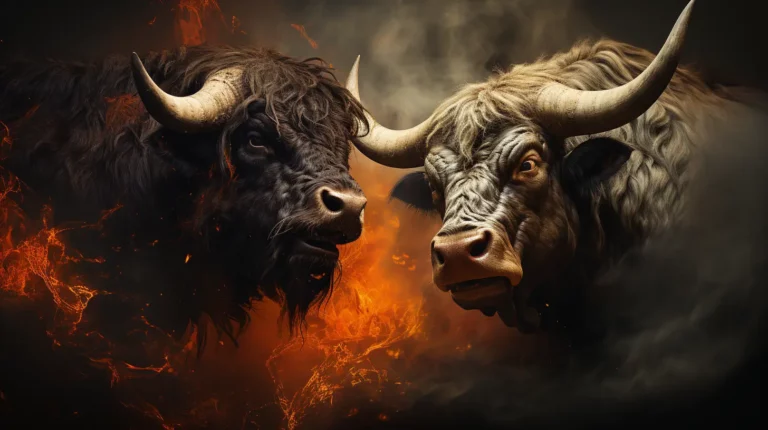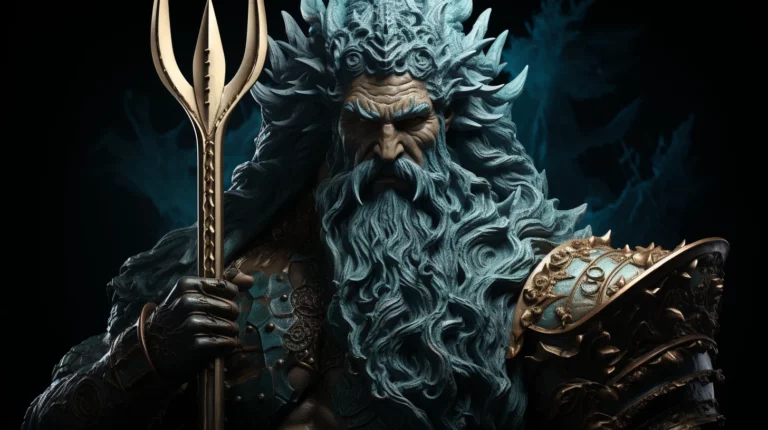The Whale Tail
The iconic silhouette of a whale’s tail, or fluke, emerging from the depths and cresting above the water’s surface is more than just a breathtaking natural spectacle. Throughout history, diverse cultures have attributed significant symbolism to this sight, intertwining their narratives, myths, and art with the majesty of the whale.
From deep spiritual connotations to representations of strength and freedom, the whale tail has transcended its biological function to occupy a symbolic space in the collective human imagination. Let’s dive deeper into its multifaceted significance.
Symbol of Strength and Power:
Majestic Force: The power exerted by a whale’s tail, especially when it slaps the water or propels the giant mammal forward, is incredible. This display of raw energy serves as a metaphor for strength, both physical and inner.
Freedom and Liberation:
Navigate Life’s Depths: Just as the tail propels the whale to traverse vast oceans, it’s symbolic of our own journey through life, navigating its complexities.
Breach towards Liberation: When a whale breaches, its tail often emerges from the depths and is a testament to the creature’s freedom in its domain. This act can symbolize liberation, breakthrough, and transcending obstacles.
Deep Connection to Emotion and the Unconscious:
Oceanic Depths: Whales are creatures of the deep sea – a realm often associated with emotions, intuition, and the unconscious mind. The appearance of a whale tail, as it momentarily connects the underwater world with the surface, can symbolize the interplay between our conscious and unconscious states.
Spiritual and Cosmic Symbolism:
Cultural Interpretations: In some indigenous cultures, the whale is seen as a cosmic entity, connecting the earthly realm with the cosmos. Its tail, then, becomes a symbol of that vast interconnectedness.
Guidance and Protection:
Maori Culture: The Maori people of New Zealand consider the whale (and its tail) as a symbol of guidance and protection. It’s seen as a guardian that leads the way, especially in journeys.
Environmental Awareness:
Conservation Icon: The silhouette of a whale tail is instantly recognizable and has been adopted by many environmental organizations to champion marine conservation and draw attention to issues like whaling and marine habitat destruction.
In essence, the whale tail is not just an emblem of the marine giant’s strength and power but also a symbol that connects multiple realms – the conscious with the unconscious, the earthly with the cosmic. Its appearance encourages introspection and connection, reminding us of the profound depths within ourselves and the environment. Whether it’s about navigating life’s challenges, seeking spiritual depth, or simply marveling at nature’s majesty, the whale tail stands as a beacon of hope, strength, and interconnectedness.
Whale’s Whisper
In the deep, where mysteries do dwell,
Rises the iconic curve, the whale’s tail.
More than nature’s majestic flair,
It’s a story of ancient tales, woven layer by layer.
Majestic force, a powerful sight,
A testament to inner and outer might.
Propelling forward, traversing the sea,
A symbol of life’s journey, as vast as can be.
It breaches, it soars, in a dance of elation,
A moving emblem of freedom and liberation.
From oceanic depths, emotions arise,
Bridging the gap ‘twixt earth and skies.
Cosmic connections, stories of old,
In indigenous tales, its significance is told.
Guiding and guarding, through journeys afar,
A beacon, a protector, a guiding star.
Echoing concerns of our marine nation,
It stands for conservation, an urgent declaration.
Not just strength, but a union profound,
Of earthly and cosmic, where meanings are found.
So, when you glimpse that tail take flight,
Know it’s more than just a wondrous sight.
It’s a call to introspect, to connect, to defend,
A reminder of depths, on which we all depend.






